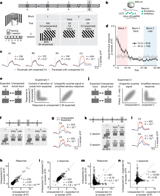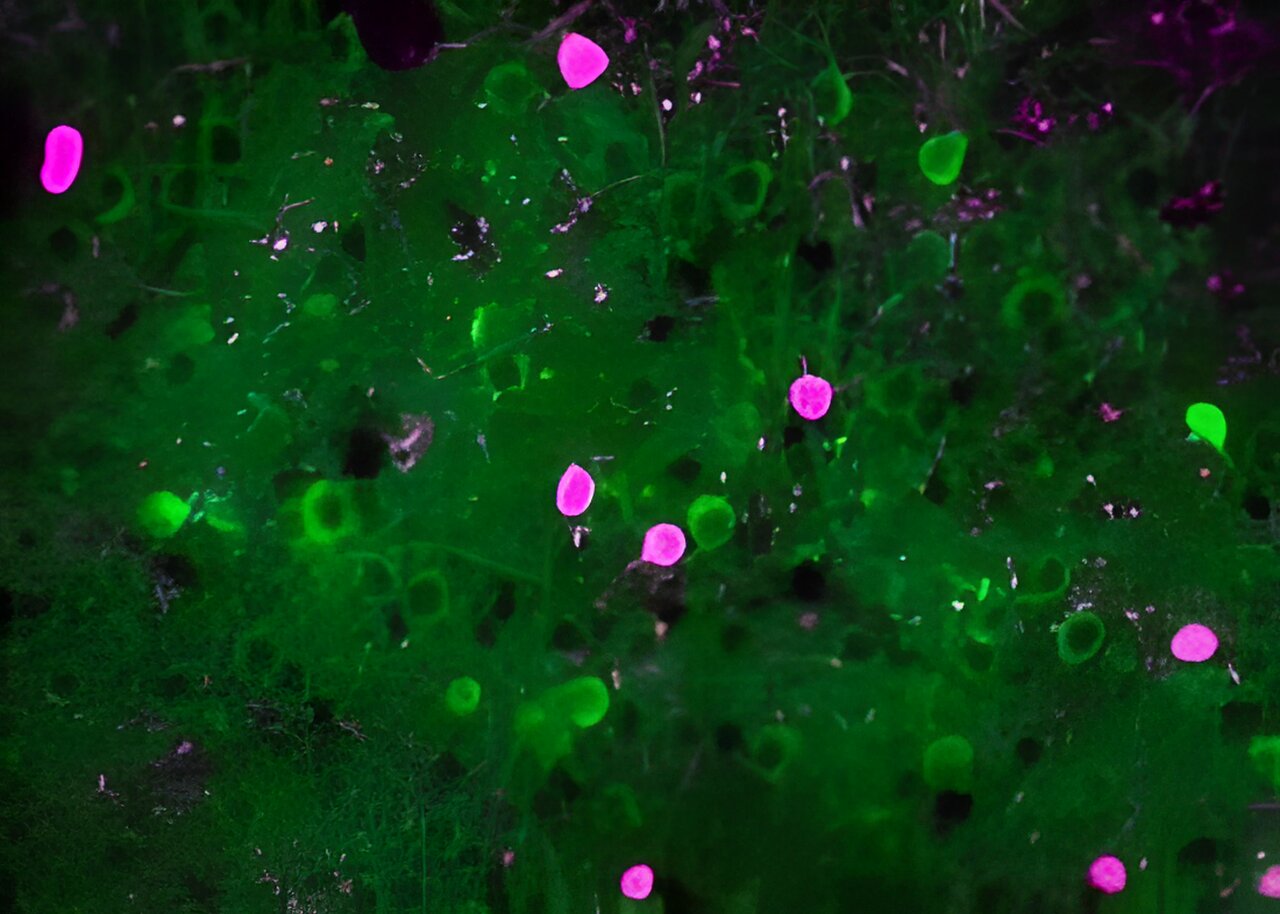UCL Scientists Decode Brain's Mechanism for Detecting Unexpected Sensory Events, Paving Way for New Disorder Insights
August 28, 2024
When activated, VIP neurons can either suppress or enhance activity in the neocortex, facilitating the detection of unexpected sensory events.
This collaboration between the pulvinar and VIP interneurons is crucial for amplifying unexpected sensory input, generating essential prediction error signals for learning and adaptation.
The research received funding from various organizations, including the Gatsby Charity Foundation, Wellcome, and the European Research Council.
The pulvinar plays a crucial role in amplifying sensory responses in the neocortex, particularly when unexpected stimuli are presented.
Neural recordings from the study revealed that unexpected stimuli elicit stronger responses than expected ones, indicating the presence of prediction-error signals.
Further experiments demonstrated that these prediction-error signals do not merely encode the difference between expected and actual stimuli but instead amplify the representation of unexpected sensory input.
To investigate these phenomena, the researchers used a virtual reality environment where head-fixed mice formed predictions about visual stimuli presented at specific locations.
The study highlighted the importance of a specific thalamocortical disinhibitory circuit in generating sensory prediction-error signals in the primary visual cortex.
Professor Sonja Hofer emphasized the significance of understanding the neural circuits responsible for implementing prediction error signals to enhance learning from mistakes.
The findings have potential implications for understanding neural circuit alterations in disorders such as autism spectrum disorders and schizophrenia spectrum disorders.
Researchers at the Sainsbury Wellcome Centre at UCL have uncovered how two specific groups of neurons, VIP-expressing inhibitory interneurons and the pulvinar, interact to mediate sensory prediction error signals.
Future research will delve deeper into how the brain compares predictions with actual sensory inputs and how these processes drive learning.
Summary based on 4 sources
Get a daily email with more Science stories
Sources

Nature • Aug 28, 2024
Cooperative thalamocortical circuit mechanism for sensory prediction errors
ScienceDaily • Aug 28, 2024
Prioritizing the unexpected: New brain mechanism uncovered
Medical Xpress • Aug 28, 2024
Prioritizing the unexpected: New brain mechanism uncovered
Neuroscience News • Aug 27, 2024
How the Brain Detects Surprises - Neuroscience News